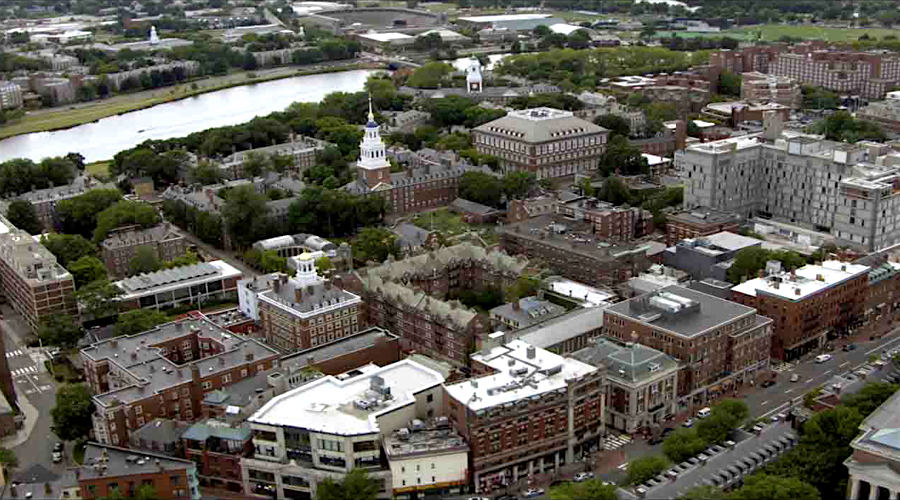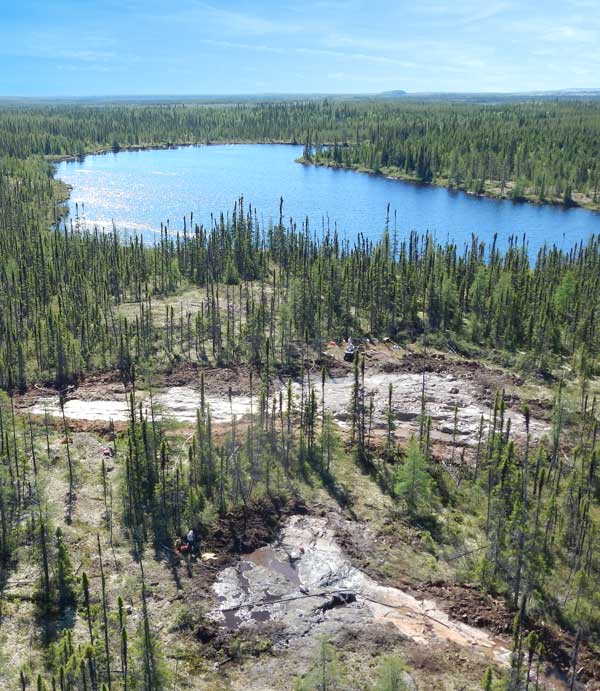Harvard scientists find clean, new way of mining rare earths

US scientists from Harvard University have developed a method to separate rare earths, a group of 17 elements used in advanced electronics, defence and renewable energy, that promises to put an end to the “dirty business” label until now tied to the mining of such key ingredients.
Using bacteria filters and low pH solutions, professor David Clarke and his then PhD student William Bonificio worked from 2009 to 2015 on a method to separate rare earths within ore material without employing large volumes of corrosive acids and hazardous chemicals.
The ore of these chemically similar elements is often laced with radioactive materials such as thorium, and separating them currently requires huge amounts of corrosive acids and hazardous chemicals.
Processing rare earths is currently time-consuming, expensive and dangerous, the experts say. The ore of these chemically similar elements is often laced with radioactive materials such as thorium, and separating the wheat from the chaff requires huge amounts of carcinogenic toxins – sulphates, ammonia and hydrochloric acid.
In fact, it is estimated that processing one ton of rare earths can generate about 2,000 tons of toxic waste. On the other hand, bacteria filters have long been used to bioabsorb toxic elements from wastewater or filter metals from mine drainage systems.
So they put two and two together and after a bunch of experiments found that if they wanted to separate only the heaviest metals, such as Thulium, which is commonly used in lasers and portable X-rays, they could block the bacteria’s receptors that absorb the lighter rare earths and only use a low-pH solution.
“We found that it is possible to concentrate a solution of equal concentrations of each lanthanide to nearly 50 percent of the three heaviest lanthanides in just two passes,” Bonificio said in a statement. “This surpasses existing industrial practice.”
“This is a radically different way of doing separation,” added Clarke. “We have an opportunity to harness the diversity of bacterial surface chemistry to separate and recover these valuable metals in a way that is environmentally benign.”
Harvard’s Office of Technology Development has filed patents and is actively pursuing commercial opportunities.
China, which produces about 95% of the world’s REEs, could benefit from new methods like the one developed by Clark and Bonificio. The Asian giant began mining the minerals on a mass scale in the mid 1980s, and after nearly two decades of lax environmental regulation has only recently begun to address the extraction of these elements’ toxic legacy.
More News
California start-up launches next-generation magnesium production technology
May 28, 2025 | 03:09 pm
{{ commodity.name }}
{{ post.title }}
{{ post.date }}


3 Comments
Mike Failla
Now we only need someone with vision to get this going. Oh wait government red tape…….never mind.
Ronaldo dos Santos
This is good news for the Wyoming REE deposit in the Bear Lodge Mountains in Crook County.
RE dude
There’s a valuable, high grade (one of the highest in the world) RE deposit just sitting in the US… forget China!